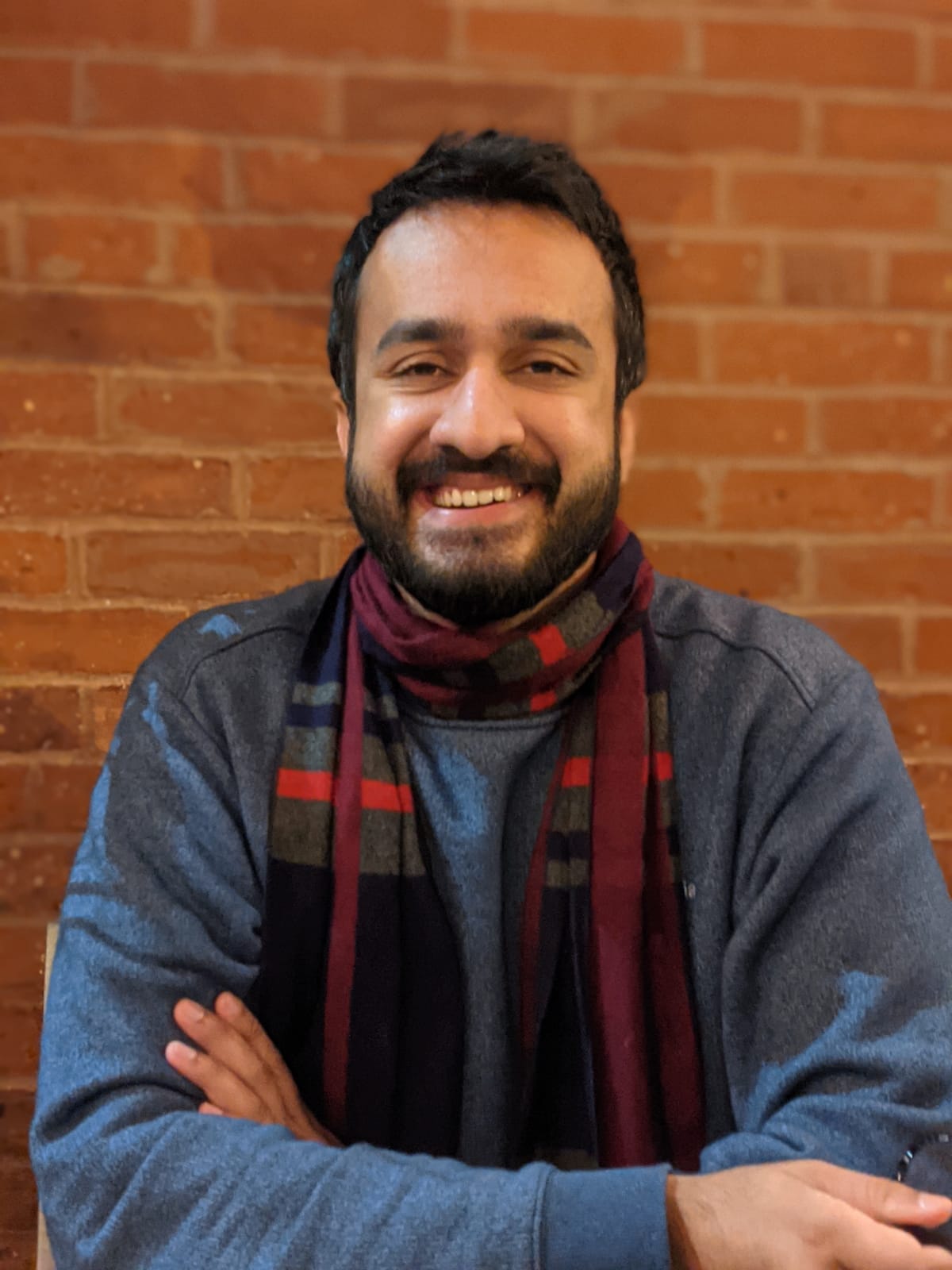- Audiences
- Interests
- Keywords
- Types
- Departments
Final Exam - Charting Sensorial Style: New Frontiers in Linguistic Style Analysis
Nov 20, 2024
10:15 AM
University Capitol Centre, 2520C
200 South Capitol Street, Iowa City, IA 52240

PhD Candidate: Osama Khalid
Abstract
When we communicate, it is not just "what" we say, but also "how" we say it — our linguistic style — that conveys meaning. The way we use language reveals a lot about us — our background, personality, and even how we perceive the world. This thesis explores an understudied aspect of linguistic style: how people talk about sensory experiences like sights, sounds, tastes, and smells. We call this "sensorial style." This thesis presents several new methods to investigate this new dimension of linguistic style.
We formalize the concept of "sensorial style" using three distinct representations: sensorial synaesthesia, sensorial prevalence, and sensorial diversity. We analyze a range of literary genres including songs, novels, poems,and demonstrate that the sensorial language of individuals exhibit a stable sensorial style represented by synaesthesia.
We extend our analysis to 10 languages and observe that language use exhibits a consistent hierarchical organization of sensory modalities across languages, with visual terms comprising a vast majority of the sensorial vocabulary. We also find that there is variance in the sensorial diversity of languages. As an example, French and German demonstrate high gustatory diversity compared to Arabic and Urdu, indicating that cultural and linguistic factors significantly influence the richness and variety of sensory descriptions.
We model the relationship between traditional stylometric features and sensorial style. We find that low-dimensional latent representations of traditional stylometric methods, like LIWC, effectively capture style information relevant to sensorial language prediction. Building on this, we introduce Stylometrically Lean Interpretable Models (SLIM-LLMs), which combine dimensionality-reduced language models with latent LIWC features.
This thesis serves as a bridge between stylometry, the study of linguistic style, and sensorial linguistics. Our findings not only expand our understanding of language use but also give us a new lens to study how sensory perception is expressed in different cultures and contexts. We lay the groundwork for future research exploring the connections between language, cognition, and sensory experience, offering new methods, tools and, perspectives for a wide range of domains.
Advisor: Padmini Srinivasan
Individuals with disabilities are encouraged to attend all University of Iowa–sponsored events. If you are a person with a disability who requires a reasonable accommodation in order to participate in this program, please contact in advance at